-
About
- About Listly
- Community & Support
- Howto
- Chrome Extension
- Bookmarklet
- WordPress Plugin
- Listly Premium
- Privacy
- Terms
- DMCA Copyright
- © 2010-2024 Boomy Labs

Listly by cohen moodley
I just adopted the coolest bacterium !!
He holds the Guinness world record for being the toughest bacterium in the world!
he aids in Space travel , sewage treatment and biological clean up.
He is , Conan the bacterium or better known as Deinococcus Radiodurans!
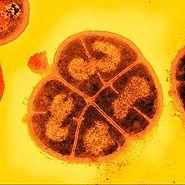
Deinococcus radiodurans viewed under an electron microscope.
This looks like something you'd see on the surface of the sun!
#Getlit
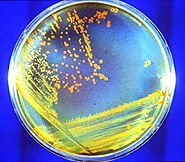
This is what Deinococcus radiodurans looks like on an agar plate.
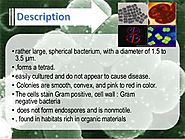
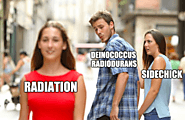
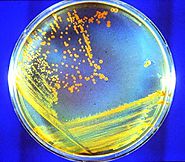
Deinococcus radiodurans is a red-pigmented, non-motile, spherical bacterium that is 1-2 µm in size. It is a resilient bacterium, in that it is resistant to radiation, UV light, hydrogen peroxide, and many other DNA damaging agents. D. radiodurans was discovered in 1956 in Oregon in a can of processed meat exposed to gamma radiation. It has an appearance of four cells bound by a cell wall, each carrying multiple copies of its genome (4-10 copies per organism). D. radiodurans is a mesophile and is commonly found in soil near radioactive waste sites. When exposed to radiation, or dehydration, their multiple genomes give them a better chance of recovering a single genome sequence, which is necessary in recovering their entire genome. Their RecA proteins play a large role in splicing DNA fragments and in the prevention of overlapping in the sequence.
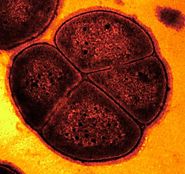
In
order to truly understand Deinococcus
radiodurans, you have to start with the basics. This prokaryotic
bacterium is red pigmented, nonmotile, and
gram
positive. The color of the cells
reflects the red carotenoid pigment the bacteria produces.
D. radiodurans is approximately 1.5 to 3.5µm in
diameter and produces smooth, convex colonies that range in color from red to
pink.- list text here
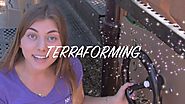
She's future of medicine, space travel, and wrinkle-free Grandmas; And her name is Deinococcus Radiodurans! #breakthroughjuniorchallenge
PRESS PLAY !!!!!